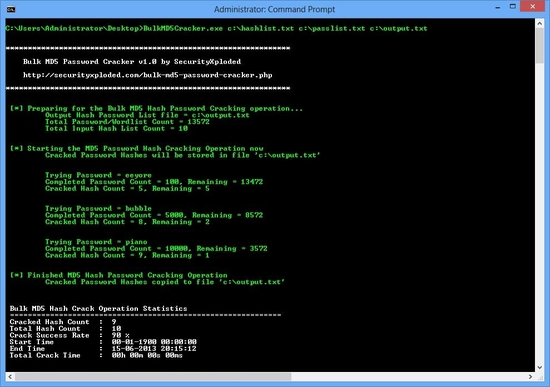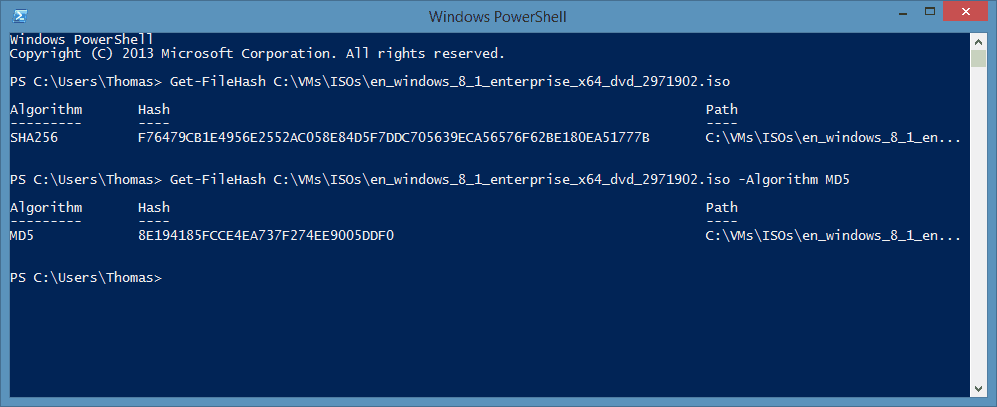

The environment manifest file is generated every time when the pac paportal download command is run.Īfter every download, PAC CLI tool reads the existing environment manifest file and updates the entries deleted in the environment, or creates the environment manifest file if it doesn't exist. Delete tracking manifest file (manifest.yml)Įnvironment manifest file (org-url-manifest.yml).Environment manifest file (org-url-manifest.yml).When you download the website content using pac paportal download CLI command, along with downloading the site content it will also generate two manifest files To learn about all commands used in CLI in addition to portals, go to Common commands in Microsoft Power Platform CLI. Here's an example of this "" profile YAML file that has unique schema details: adx_sitesetting: In this file, you can have the table (entity) name with table ID, list of attributes, and the values that you want to override while uploading the portal configuration using the deploymentProfile parameter.Īdditionally, you can use the OS variable to access the operating system's environment variables. Pac paportal upload -path "C:\portals\starter-portal" -deploymentProfile test And you can run command with tag () to use this profile:


If you're creating test profile, you can create file under deployment-profiles with the name "" (that is. For example, you can have different deployment profiles (such as dev, test, prod) that have different schema details defined in the profile. The deploymentProfile switch allows you to define a set of variables for the environment in YAML format. Pac paportal upload -path "C:\portals\starter-portal" -deploymentProfile "profile-name" It has the following parameter: - path: Path where the website content is stored (alias: -p) - deploymentProfile: Upload portal data with environment details defined through profile variables in deployment-profiles/.deployment.yaml file Upload portal website content to the current Dataverse environment. Pac paportal download -path "C:\portals" -webSiteId f88b70cc-580b-4f1a-87c3-41debefeb902 It has the following parameters: - path: Path where the website content will be downloaded (alias: -p) - webSiteId: Portal website ID to download (alias: -id) - overwrite: (Optional) true - to overwrite existing content false - to fail if the folder already has website content (alias: -o) Lists all portal websites from the current Dataverse environment.ĭownload portal website content from the current Dataverse environment.

The following sections provide more details about different properties of the " paportal" command. Microsoft Power Platform CLI command for portals is " paportal". Microsoft Power Platform CLI commands for portals
#DUPLICACY HASH COMMANDLINE INSTALL#
To learn about installing Microsoft Power Platform CLI, go to Install Microsoft Power Platform CLI.Īfter installing Microsoft Power Platform CLI, open a command-prompt and run pac to verify that the output contains "paportal" - the command for Install and verify Microsoft Power Platform CLI for portals Portals support for Microsoft Power Platform CLI is limited to the tables listed below.Ĭustom tables and portal template-specific tables (such asīlog, community, or ideas portal) are not supported for customization using Install Microsoft Power Platform CLIįor step-by-step instructions, refer to Install Microsoft Power Platform CLI. Helps integrate seamlessly with any source control tools, such as "git"īefore using Microsoft Power Platform CLI commands for portals, ensure your portal isĬonfigured to enable support for this feature. Move configuration files across organizations or tenants Track changes to portal configuration within an organization Support for download/upload of portal data to/from the local file systemīuild on existing Microsoft Power Platform CLI tool. Support for Microsoft Power Platform CLI: Ease of use Here's a list of features and capabilities that portals benefits from with the When youĭownload portals content using Microsoft Power Platform CLI, the content is structured in YAMLĪnd HTML formats making it easy to customize, enabling a pro-development And once allĬustomizations or changes are saved, upload them to the portal. With portals support for Microsoft Power Platform CLI, you can now use offline-like capabilityįor portals customization by making changes to the portals content. Why use Microsoft Power Platform CLI for portals development? To learn about installing the latest version, see Install Microsoft Power Platform CLI. This feature is generally available starting with Power Platform CLI version 1.9.8.


 0 kommentar(er)
0 kommentar(er)
